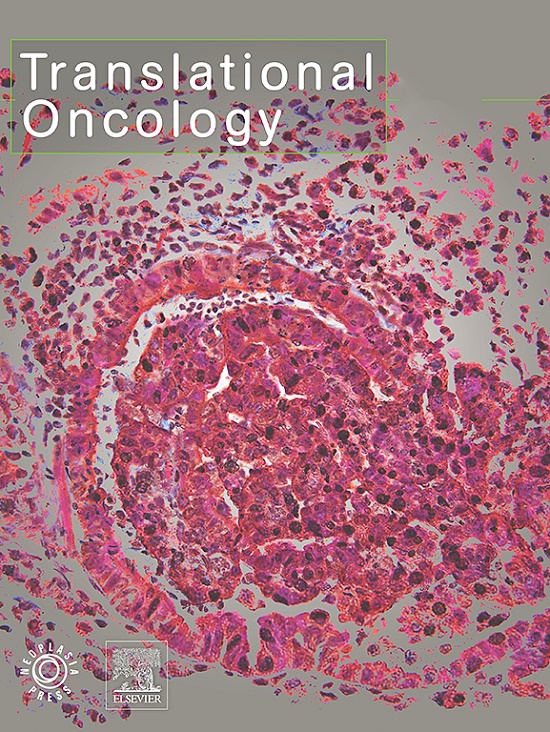Circulating exosomal protein EFEMP1 and SERPINC1 as diagnostic biomarkers for epithelial ovarian cancer
IF 5
2区 医学
Q2 Medicine
引用次数: 0
Abstract
Objectives
Caner-derived exosomes, containing diverse nucleic acids and proteins, are being exploited in diagnostic biomarker development. This study aims to screen and identify the altered exosomal proteins between epithelial ovarian cancer (EOC) patient and healthy volunteers, and to evaluate their diagnostic accuracy for EOC.
Methods
Exosomes were separate by ultracentrifugation, and then subjected to TEM, qNano, and western blot for identification. Exosomal EFEMP1 and SERPINC1 were selected by MS/MS analysis, validated by ELISA in a cohort with 163 healthy donors, 183 EOC patients and 30 patients with benign ovarian tumors.
Results
MS/MS analyses identified a total of 207 differential exosomal proteins, including the 122 up-regulated and 85 down-regulated. Exosomal EFEMP1 and SERPINC1 were significantly upregulated in EOC patients compared with those in healthy donors as well as in the benign patients, possessing favorable diagnostic efficiency. The area under the curves (AUCs) were 0.8071, 0.8211, respectively. They also exerted rather high early diagnostic efficiency, as well as the potential to distinguish the malignant patients from the benign individuals. Besides, exosomal SERPINC1 was associated with coagulation index and LE-DVT (lower extremity deep venous thrombosis) in EOC patients.
Conclusions
Exosomal EFEMP1 and SERPINC1 are upregulated and serve as the promising diagnostic biomarkers for EOC.
作为上皮性卵巢癌诊断生物标志物的循环外泌体蛋白 EFEMP1 和 SERPINC1
摘要】目的 癌细胞衍生的外泌体含有多种核酸和蛋白质,目前正被用于诊断生物标志物的开发。本研究旨在筛选和鉴定上皮性卵巢癌(EOC)患者与健康志愿者之间发生改变的外泌体蛋白,并评估其对 EOC 的诊断准确性。通过MS/MS分析筛选出外泌体EFEMP1和SERPINC1,并通过ELISA在163名健康供体、183名EOC患者和30名良性卵巢肿瘤患者中进行验证。与健康供体和良性患者相比,EOC患者的外泌体蛋白EFEMP1和SERPINC1明显上调,具有良好的诊断效果。它们的曲线下面积(AUC)分别为 0.8071 和 0.8211。它们还具有相当高的早期诊断效率,以及区分恶性肿瘤患者和良性肿瘤患者的潜力。此外,外泌体 SERPINC1 与 EOC 患者的凝血指数和 LE-DVT(下肢深静脉血栓形成)相关。
本文章由计算机程序翻译,如有差异,请以英文原文为准。
求助全文
约1分钟内获得全文
求助全文
来源期刊

Translational Oncology
ONCOLOGY-
CiteScore
8.40
自引率
2.00%
发文量
314
审稿时长
54 days
期刊介绍:
Translational Oncology publishes the results of novel research investigations which bridge the laboratory and clinical settings including risk assessment, cellular and molecular characterization, prevention, detection, diagnosis and treatment of human cancers with the overall goal of improving the clinical care of oncology patients. Translational Oncology will publish laboratory studies of novel therapeutic interventions as well as clinical trials which evaluate new treatment paradigms for cancer. Peer reviewed manuscript types include Original Reports, Reviews and Editorials.
 求助内容:
求助内容: 应助结果提醒方式:
应助结果提醒方式:


